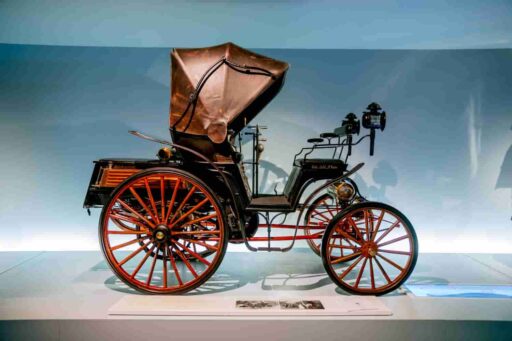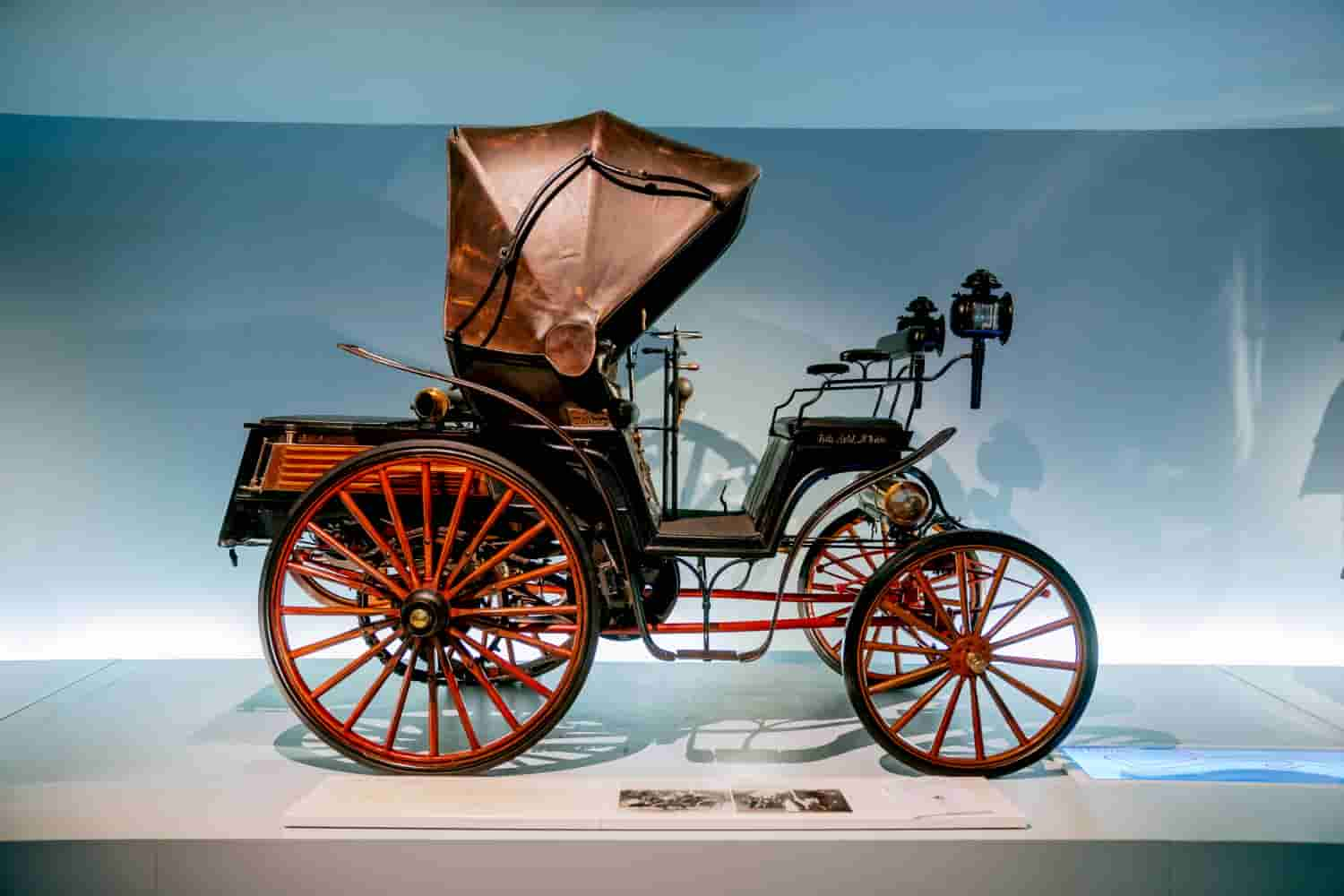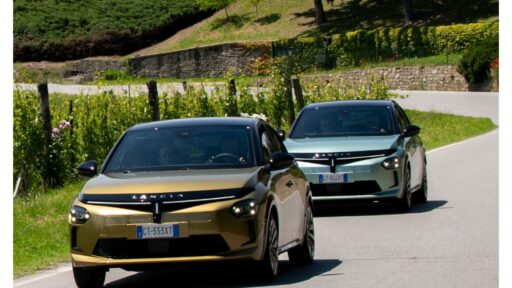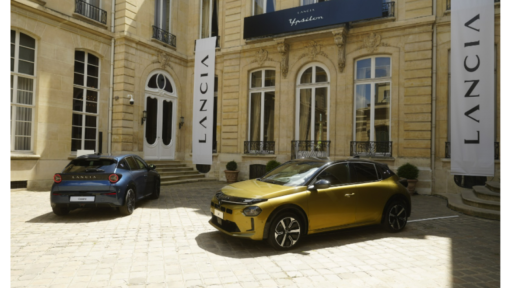The “Close-up” series from the Mercedes-Benz Museum unveils fascinating stories behind vehicles, exhibits, and design features. This installment spotlights the Benz Victoria of 1893, displayed in the Legend Room 1: Pioneers – The Invention of the Automobile. The story centers on Baron Theodor von Liebieg’s adventurous 1,000-kilometer journey in 1894, highlighting the groundbreaking double-pivot steering technology that revolutionized automobile safety and comfort.
In 1893, Carl Benz perfected the double-pivot steering system, equipping a four-wheeled automobile for the first time. This innovation, which allowed each front wheel to steer independently and converge at the bend’s apex, significantly improved the safety and comfort of driving compared to conventional drawbar steering. The latter, used in horse-drawn vehicles, involved swiveling the entire front axle around a pivot point, making it prone to tipping on sharp turns. Gottlieb Daimler and Wilhelm Maybach had also developed an alternative steering system for their 1889 steel-wheeled carriage.
READ MORE: McLaren to Celebrate Ayrton Senna and Motorsport Legacy at 2024 Goodwood Festival of Speed
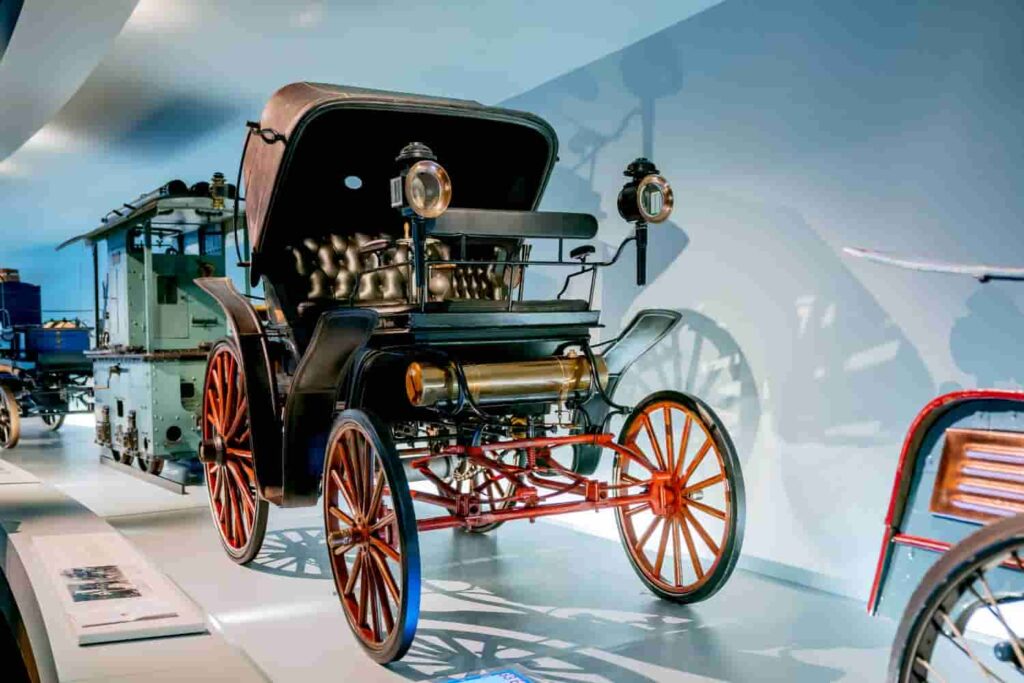
The Benz Victoria featured this advanced steering mechanism, with a body resembling a coach but incorporating high-tech steering. The steering system used a horizontal crank atop a vertical column, transmitting impulses through rods and shafts, isolated from road shocks by springs. This ensured smoother and safer handling, even on the rough roads of the time.
Baron Theodor von Liebieg, an early customer of Carl Benz, visited the inventor in Mannheim in 1893. Impressed by the Victoria, he ordered one, which was delivered by rail in spring 1894. Enthusiastic about the new mode of transport, the 22-year-old Liebieg embarked on an ambitious journey from Bohemia to the Moselle, covering nearly 1,000 kilometers. This adventure was documented in a richly illustrated diary, preserved in the Mercedes-Benz Classic archives.
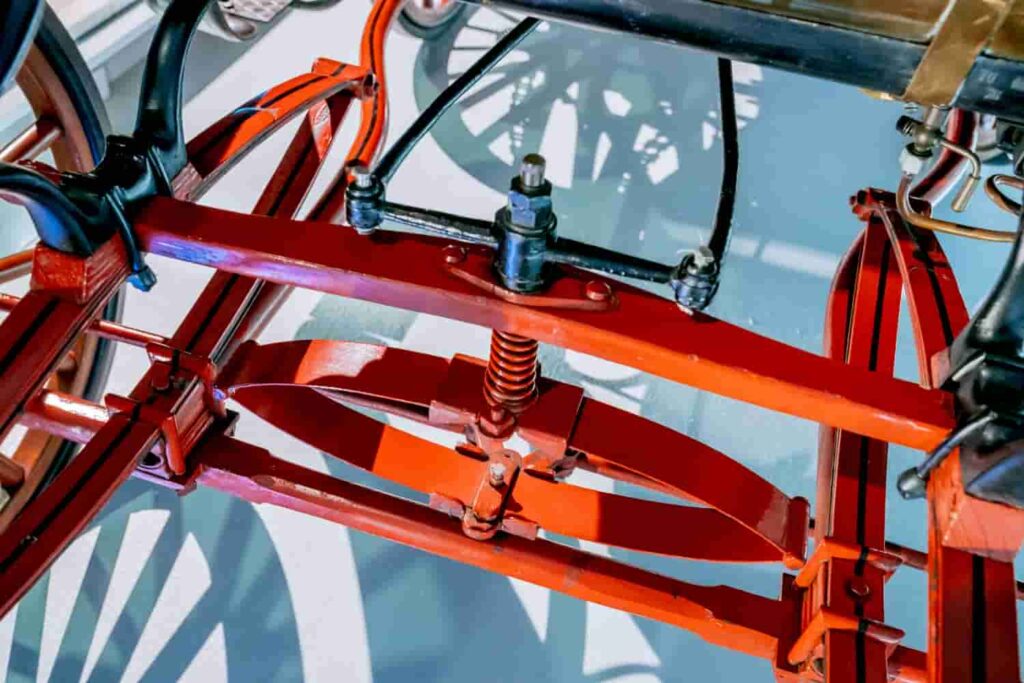
Liebieg’s journey began on July 16, 1894, just six years after Bertha Benz’s pioneering trip from Mannheim to Pforzheim. Despite significant technical advancements, the journey was challenging due to inadequate roads and the lack of refueling infrastructure. Motorists had to purchase petrol from pharmacies, filling the brass tank above the front axle. The Benz Victoria consumed over 20 liters of fuel per 100 kilometers, and the trip to Gondorf took 69 hours over six stages, covering 939 kilometers.
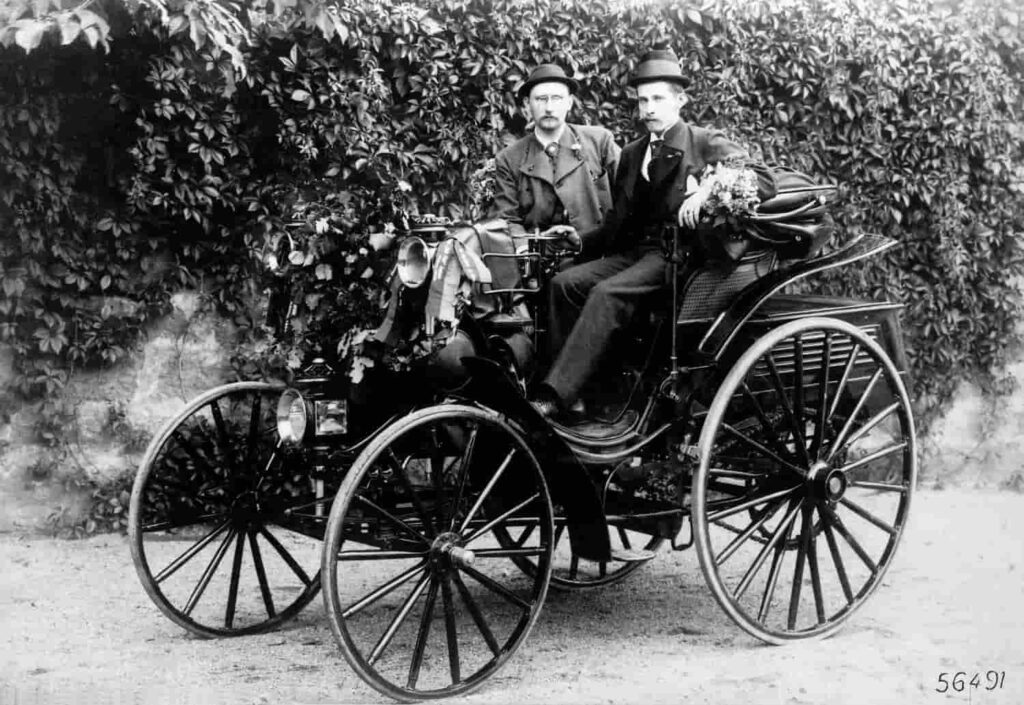
Historical photos show Liebieg’s car was similar to the Benz Victoria in the Mercedes-Benz Museum, with slim wood-spoked wheels, block brakes, chain drive, high seating, and a folding soft top. The single-cylinder engine produced 2.9 kW (4 hp) from a 1,990 cc displacement, while the museum’s exhibit developed 2.2 kW (3 hp) from 1,726 cc. Liebieg’s Victoria also featured a third lantern at the front, and the original vehicle is now displayed at the Technical Museum in Prague.
The journey underscored Liebieg’s passion for technology and the freedom motorized mobility offered. In his diary, he praised the vehicle for its ability to free travelers from “petty annoyances” and allow them to control their journeys. The trip included an overnight stage to Mannheim, where Liebieg met Carl Benz and received enthusiastic support for his daring endeavor.
The diary also highlights the excellent service ethic at Benz & Cie., detailing how the vehicle was serviced extensively during stops in Mannheim and after a breakdown on the Moselle. The return journey was marked by a farewell escort from the Benz family, celebrating with Moselle wine and photographs before parting ways.

Liebieg’s journey proved the automobile’s capability for long-distance travel, contributing to the birth of motorsport. In 1894, vehicles with Daimler-licensed engines won the first automobile race from Paris to Rouen, marking the beginning of 130 years of motorsport at Mercedes-Benz. Liebieg participated in various events, including the first automobile race through the Alps in 1898 and the first international race in Vienna in 1899, where he won with a Benz 8 hp racing car. This adventurous spirit and pioneering innovation laid the foundation for Mercedes-Benz’s storied history in both automotive excellence and motorsport.
READ MORE: Record-Breaking Half-Year for Lexus in Poland: June Marks Best Month in Brand’s History
Subscribe today for the freshest car news delivered to your inbox
